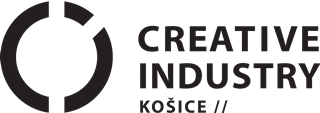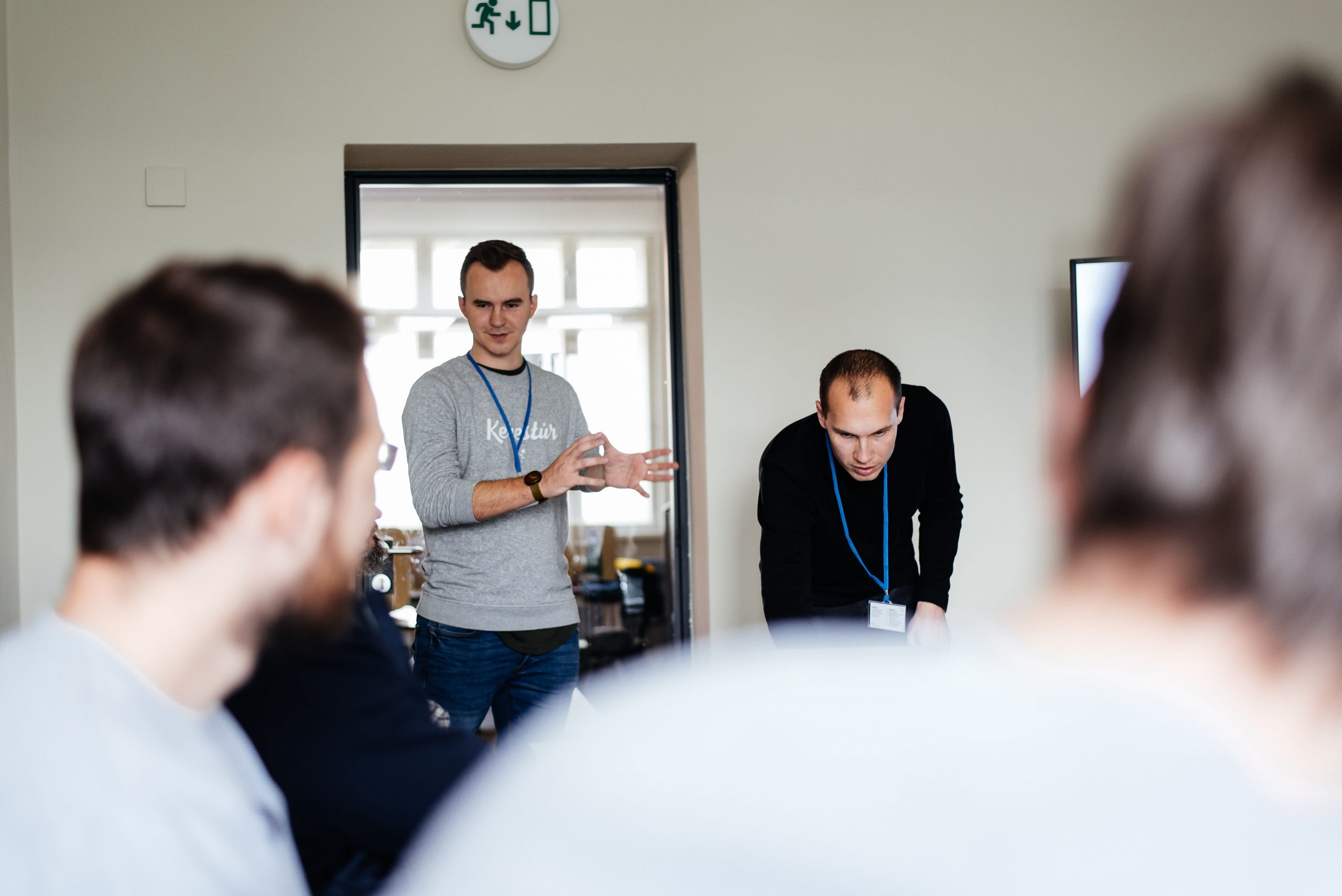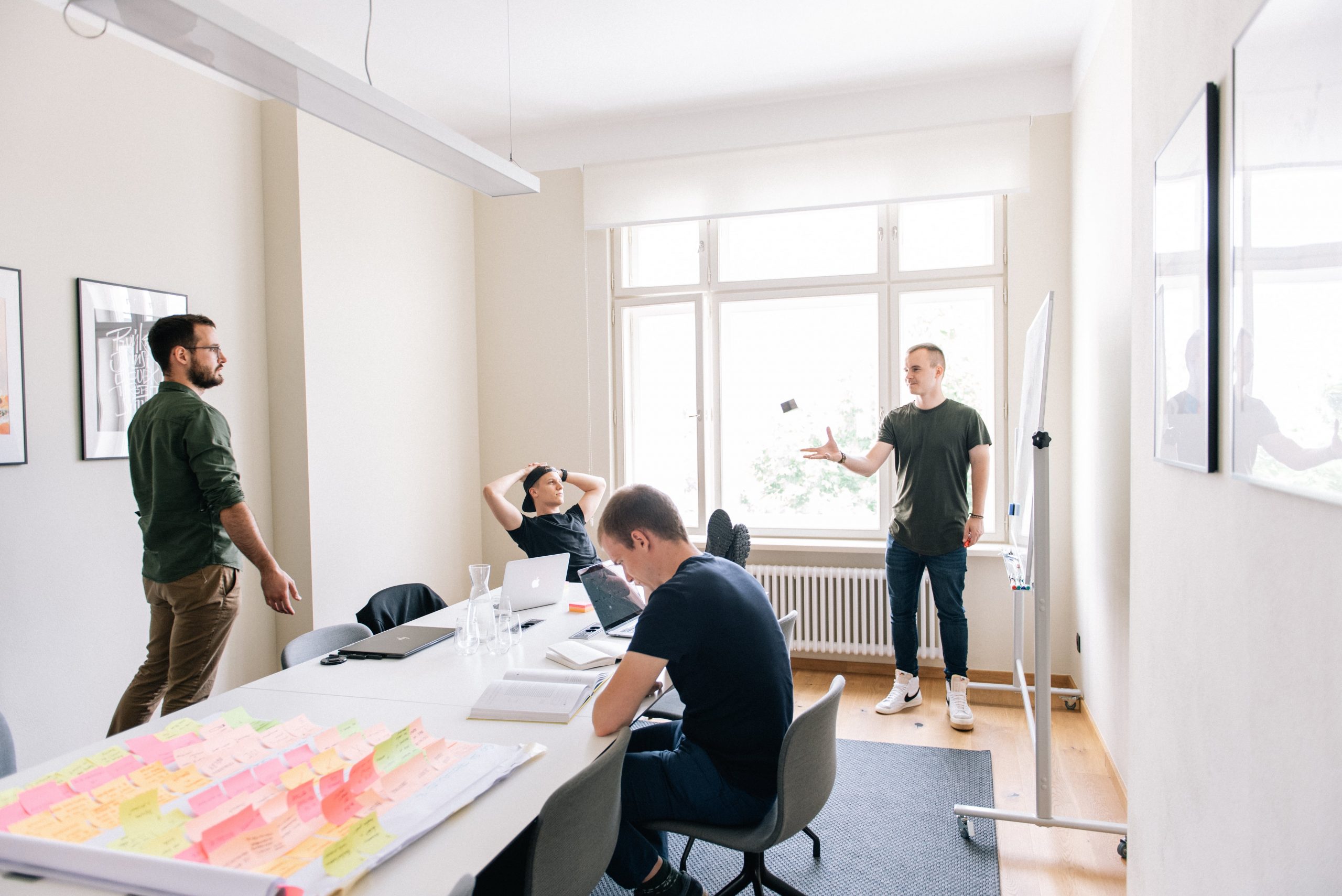Adam Brocka is a co-founder of the kiuub innovation studio. He works as a business designer and helps companies create new products and services, improve the customer experience, and solve innovation challenges. He gained experience as an Uplift project manager, the startup accelerator; he led innovation and incubation programs for the Impact Hub in Bratislava. His work focuses on innovation, service design, and social entrepreneurship.
The first people see when they visit your studio is a large sign “We solve innovation challenges.” Who are your customers, and what innovation challenges do they face?
We have several types of customers. Even the initial motivation, when my colleagues Slavo Tulej and Rado Hankovsky and I considered starting or founding such an innovative studio, was based on the fact that we had experience with, let’s say, the boundaries of the innovation ecosystem. We knew the startups’ environment as we had experience with accelerator programs and startup systems. We knew what challenges were the new tech companies facing and, on the other hand, we also had experience with corporate innovations, where those innovations are on the daily agenda. Large corporations are looking for systematic ways to face innovative challenges and seek new opportunities. Between these boundaries or two extremes of the ecosystem, we have seen space in smaller companies/medium-sized companies that are aware of the areas that need innovation. They want to stay competitive, advance and develop their business but often they do not have the necessary internal know-how because they are busy running the business. Of course, there is no energy left to look at what will be relevant in that business in some 5 – 10 years.
Based on our proven experience from the previous companies where we worked, we saw a space to fulfill ourselves and help more companies. Innovation is a very broad topic; you can look at innovation from a technology, product, service, or operational perspective. Our innovation or business studio focuses mainly on two aspects of innovation. This is an innovation from the point of view of the customer expectations or customer behavior. Secondly, it is an innovation from the point of view of business functioning, i.e., from the point of view of business logic, new business models, and new types of products and services. The technical side is up to our technical partners or internal technical teams, the teams of our clients.
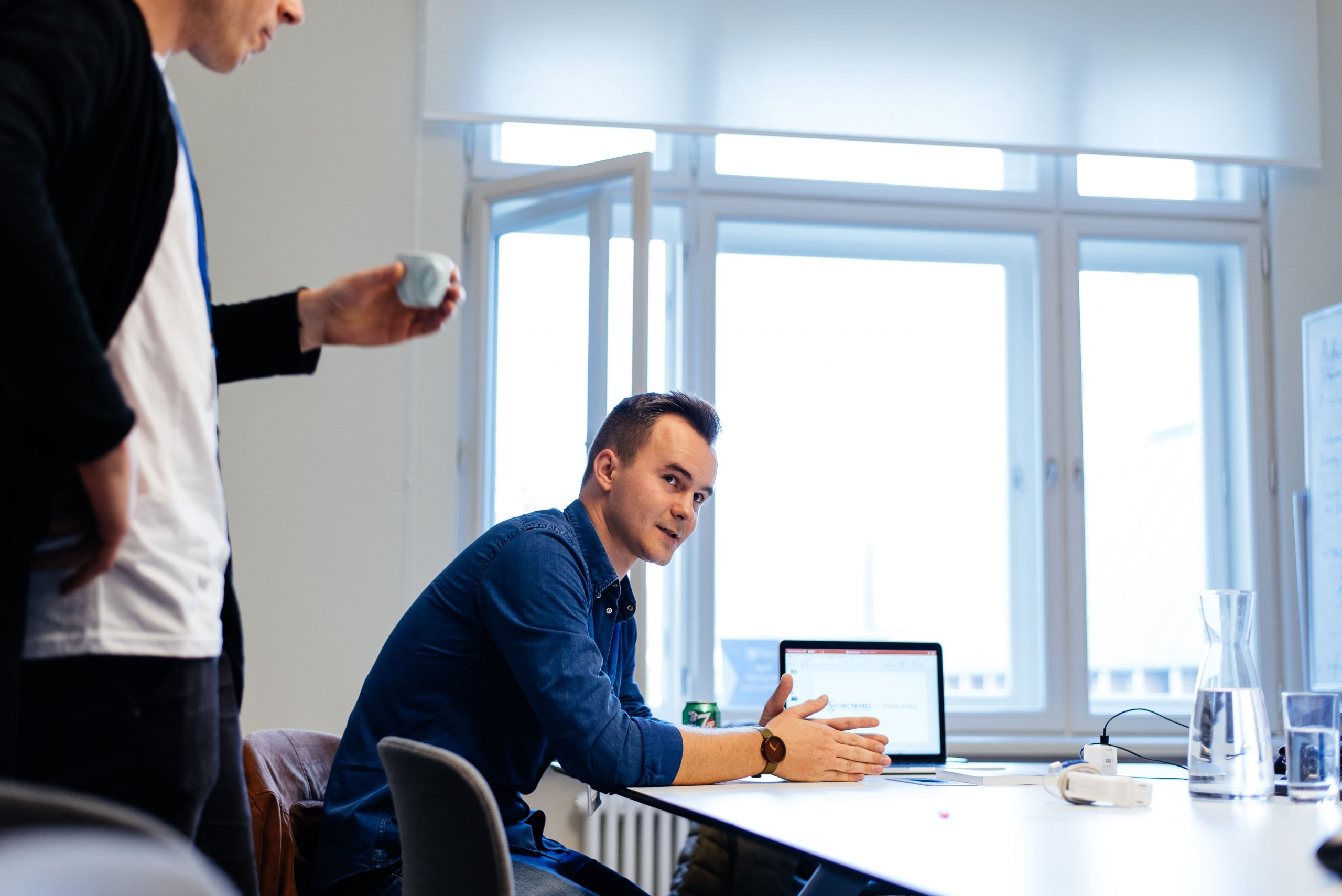
There are two types of customers, i.e. the small or medium-sized companies and corporate companies. Are the challenges in these companies the same or different?
It’s completely different. In some situations, they are even individuals, as each company is different in terms of its segment, type of customers, culture, and especially different terms of experience or established processes. For startups or newly founded companies, it’s very dynamic and fast. It is built on the technical capacity and know-how that the team has. We bring in there a certain confrontation with reality. For example, there, we focus on what we should do to meet customer needs and expectations. In corporations, we encounter the fact that the company is already established and needs to break free from operational blindness. Because they already have their habits, they are used to something; we try to bring them an external view of things, conditions, and a new opportunity or a more agile approach to solving and testing new concepts. I see this as the difference between these customers.
Corporations often develop innovations, and they pull them out at the right time in 5 – 10 years when the market is ready for them. Is something like this happening in Slovakia, too?
I think that concerning innovations, the timing is crucial. We all experienced it last year when we were caught in a pandemic, and suddenly we all had to go through some digitization, not only in companies but also in our personal lives. We could not imagine what is normal today last year, e.g., that the couriers will deliver almost everything from books, lunches, groceries, and drugstores to our doors. The small companies that were used to personal contact could not imagine that either. I think it was about how quickly we were prepared to respond to such a challenge.
With such “drawer projects,” the time to markets or when you can bring it to the customer is important. The risk there is in the capacity/energy used; we try to optimize our clients’ risk. The alpha and omega are that we go to our client’s customer in the first place to understand in the current context what our client actually solves, what problems they encounter, and what other competitive solutions exist from which we can draw inspiration. We try to map the opportunity, the specific challenge, and only then design solutions. We must try to test as soon as possible whether it works, and whether we can get it to the customer to give us feedback, and if the feedback was positive, how we can get it on the market as soon as possible.
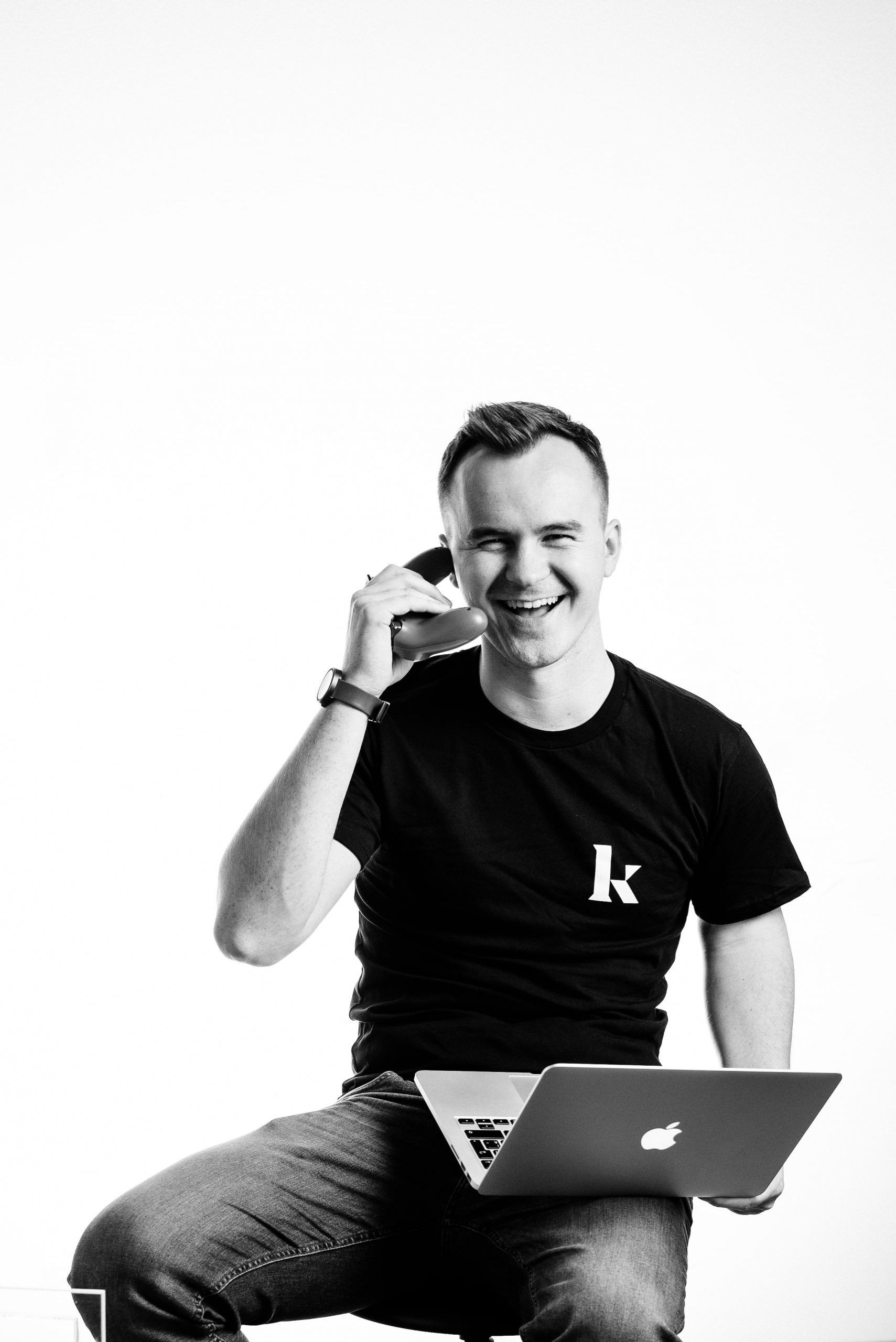
What is your story and how did you get into service design?
It was a natural process. When I was in elementary school, I worked on a project related to global and environmental issues. I was fascinated by the challenge and why no one had solved it yet. At the university, I kept thinking that I would like to solve problems and be part of the solution. It drew me to do business and, during my university studies, my friends and I tested projects aimed at solving societal challenges. Thanks to that, I got to the Impact Hub Bratislava, where I was allowed to experience the startup ecosystem and better understand how startups work and what challenges they face. My friends and I started a community initiative at that time – Service design CZSK. The goal was to popularize this topic and eventually get to know people interested in it who want to share their experience. We set up an FB group to share articles, studies, or opinions on this topic. Gradually, it grew to include people interested in innovation and entrepreneurship. Once it was up and running, with the group having already a few hundred followers, and when people started asking each other some topics and advice, we wanted to turn that online community offline so we could get to know each other better and have a space to debate and exchange experiences or look for space to collaborate. We started organizing events called Service Design Drinks. The first was in Bratislava, to which we invited two foreign service designers. One of them was Marc Fonteijn, who is an ambassador or European populizer of the topic. The second guest was Clemens Biermayer from the Etventure innovation studio based in Berlin. When we saw that the community around it was also forming physically, we concluded that it was time to establish our kiuub innovative studio.
What should we imagine under service design?
Service design is a complex topic; complexity is also one of the basic pillars of service design. The boundaries of what a service design is or isn’t are not exactly set. Rather, it is important to understand the basic pillars and basic principles. We know that the share of GDP services is constantly growing; in Europe, more than 70% of GDP is generated in services. The trend of digitization and an ever-changing environment brings more new services than products. With this comes the request or demand that the services need to be considered more sophisticated or systematic. Service design is a creative/systematic approach to how to keep it all under control. It’s basically about managing key aspects to make the service work and how the service works to reach customers. For the service to ultimately add value, to be useful, to be able to differentiate yourself from the competition.
I will summarize it in three pillars. The basic pillar is the client’s view; the service design is, in fact, based on the focus on the end client or customer, whose problem we are trying to solve. It is built on exploring/understanding of, and talking to, clients. Another pillar is multidisciplinarity. When we look at a service, it’s not about how your marketing or design has been solved or something digital in that service. It’s about how the service and the individual components work as a whole. It means what logic it gives, what the interconnections are, whom you involve, and how you manage it so that the client sees the result at the end of the day. It is also associated with the fact that each service functions as a theater. There is a stage where the service takes place, the audience is clients seeing something they receive, and a place behind the scenes that is not visible but must be there. The third pillar is complexity. Service design is comprehensive, and even multidisciplinarity is important from the team’s point of view. Service design is about combining multiple directions, know-how, and experience. It requires a great deal of entrepreneurship and agility, i.e., responding quickly to ever-changing conditions and a degree of uncertainty. It is important to connect context, the context of understanding the client, and the context of understanding business goals or strategic thinking and the contexts of technical challenges that may arise in the emerging service. The client’s view, multidisciplinarity, and complexity all are related to each other.
Using the metaphor of Marc Fonteijn, let’s imagine two cafes next to each other, in the same location, offering the same coffee for the same price. Service design is the reason why you go to one cafe, not the other. You are satisfied with the service, so you keep returning there; you are a loyal customer, and you also talk enthusiastically about the service to your friends and acquaintances. So you motivate them to go there. It’s not about coffee because it’s a product; that service is the atmosphere around. An example is Starbucks, you don’t just go there for coffee, but it’s all pleasantly arranged that you like to go back and spend time there. But it can also be, for example, a local cafe, where you meet the owner, who communicates with you and is interested in you.
Is the main reason why companies turn to you their desire to differentiate themselves from the competition?
I don’t think that’s the only reason; they face several challenges. It may need to improve an existing service; for example, a company has already launched a new product and received some market feedback but needs to improve how customers perceive it. Another challenge may be a change of generation. If the company has a 20-year history, its customers are aging, leave, have different preferences and expectations. The company no longer knows what to offer those new customers because today we face global competition from startups. On the other hand, if a company has a customer base and a brand, it is also about what it will offer to the new generation, as it wants to maintain the economic strength and company.
We also work with the municipality, where it is about how the municipality can come closer, how it can simplify or streamline the process because we are talking about administrative demands or complexity, where it does not often concern a customer as a citizen, but often a customer as an employee. Today’s shift to digitalization results in extreme employee occupancy. Innovation, also from the point of view of service design, can be focused on how we would streamline the internal process so that a particular team member can focus on the customer because customers demand more fluency today. There are several topics, and we could talk about them for a long time.
The circular economy takes service design for granted. It supports the dematerialization of products, which essentially means moving away from selling products towards new business models based on a shared economy, rental models, or favoring access to a product instead of selling it directly. Have you encountered similar customer demands?
Certainly, this is also a topic, especially for companies that produce products and look at what to do with those products if their demand is declining. It is the basic principle of car sharing, bicycle sharing, scooter rental, so it’s definitely a topic. This is the trend that we are just going to see here. A challenge for me is the client’s point of view because I still think that, in the conditions of the Slovak market, the key question is how we can address a specific customer need, and how many customers need to rent it and use it by sharing. I was fascinated by the concept of a Jaguar-Land Rover; their innovative studio has a concept that you do not own a car, but a membership, so you can rent the one you need for that particular season. There is some natural trend in there. For me, it is questionable when we will see a more significant adoption when we will get behind the curve; we have some innovators among the clients, who used it first, and we have a segment of the first adopters, of which there are several. I’m really wondering when customers, who will use this daily, will become a majority.
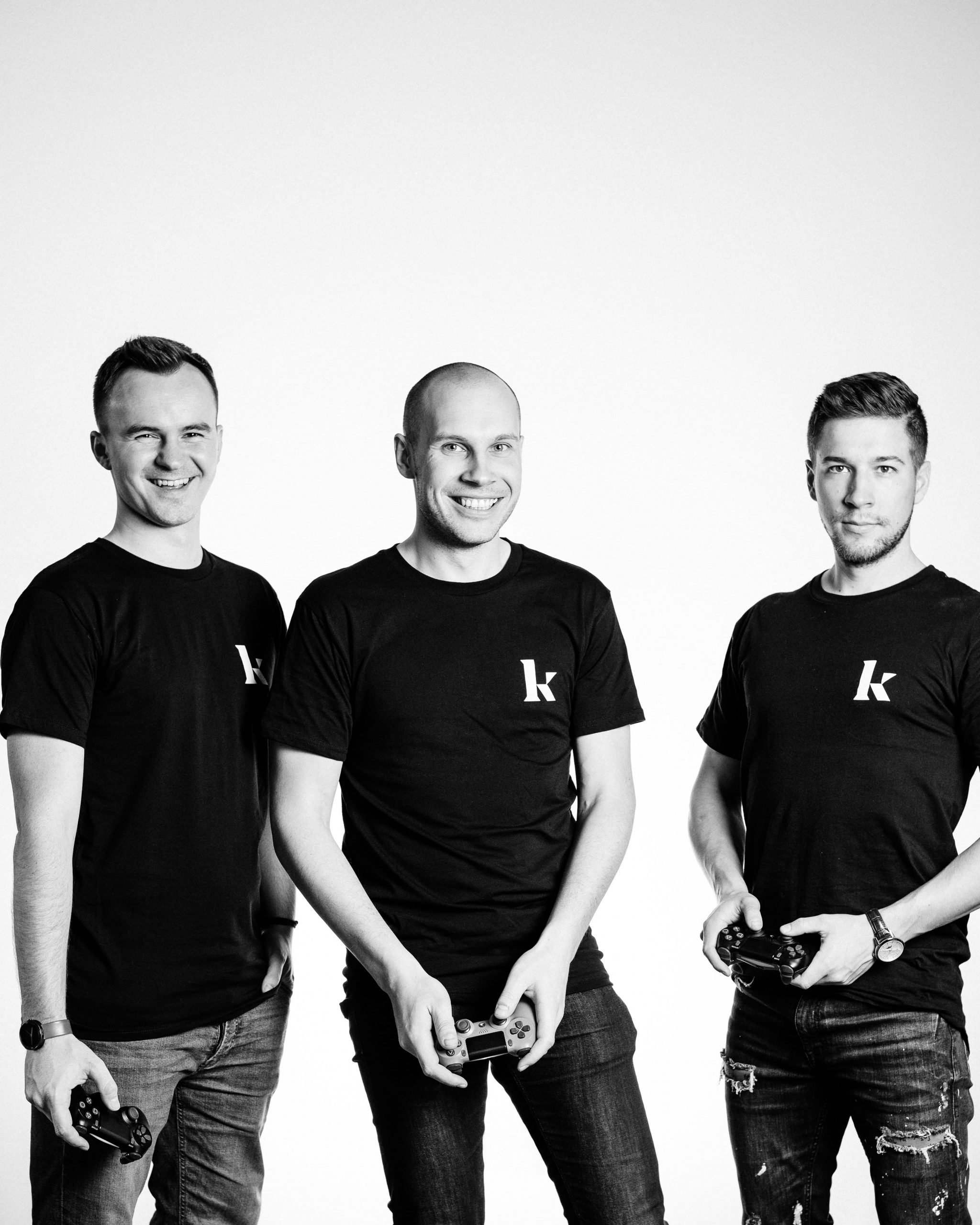
Do you encounter such business models in Slovakia?
In Slovakia, I perceive the innogy brand, which, in my opinion, is a pioneer in terms of renting light bulbs and, according to signals from the market, it is successful. In the context of circularity, for me, it starts with generating waste or the topic of waste as a whole. I think this is a complex challenge, also given that it is ultimately about the man’s habit. Questions arise about how we can build habits in people to make them more responsible and make it easier for them. There, I like the concept of Frankfurt Airport, which, in the context of waste separation and sorting, had a service that was not paid directly by passengers but was within the cost structure of the airport. They claimed that: “We’ll sort it out for you, don’t worry.” I see this in the context of waste even within different communities; people often can’t be efficient, so efficiency is important. Frankfurt Airport solved it great; they had people who did it and were responsible for the subject. It created a new role or position, and that efficiency suddenly reflected itself in numbers; they have managed to sort materials enough to use them in a circular economy. Given the self-government, I see the growing administrative complexity and the topic of waste as such, where the positions or roles explicitly responsible for this area are created. This is where the new opportunities for innovation and new services come from. We have many interesting concepts waiting for us in companies that deal with waste collection and processing, which we already have also in Slovakia. An example is Sensoneo, a technology used worldwide and helping municipalities and larger companies optimize waste treatment and disposal costs.
The COCO4CCI project connects companies and representatives of the creative industry to learn to communicate with each other and enter into cooperation. Seven companies have presented assignments related to the circular economy and now expect creative artists to develop their solutions. One wastewater treatment company wants creative artists to develop a proposal for a new USP to target their customers, such as developers of new residential areas, hotel complexes, sports grounds, etc., through targeted marketing. What approach to solving this challenge would you recommend to the given company and the creative artists?
First of all, I think that the idea and concept of connecting the creative artists and design world with the world of business and companies are great. Last time, we solved a project at the University of Agriculture in Nitra about the innovation potential. What is it that the experts actually lack to transform innovations, implement know-how, and transfer it to reality? I think that, from the point of view of students, in this case, creative artists, it is important to ask that client the right questions so that we understand the context, because only then can we come up with a suitable solution and also match it to the needs of the client. The advice for the creator artists/designers is to understand the ordering persons because they are your clients. Then, go to your client’s customer to understand them. We work with the design thinking methodology, which is actually a creative thinking system that effectively solves complex problems. There are certain stages there. First, you try to widespread the task or intention and understand the details of the issue. Then, you can narrowly specify the issue; that is the basis of making it effective. In the next phase, it is important to test it in concepts or prototypes and, based on customer feedback, you can determine what makes sense and what you will not proceed with, but you can incorporate changes and feedback to make it better. Even in the client’s context, who is dedicated to wastewater treatment, I would see it at these levels. First, find out why it’s a problem, the expectations, maybe even the metrics they track, and get to know their specific customers. Each group of customers has different expectations and preferences. So it is important to know how to divide the segments so that you can effectively find yours, who are key, to confirm that it gives them added value and meaning and that ultimately they will pay you for it.
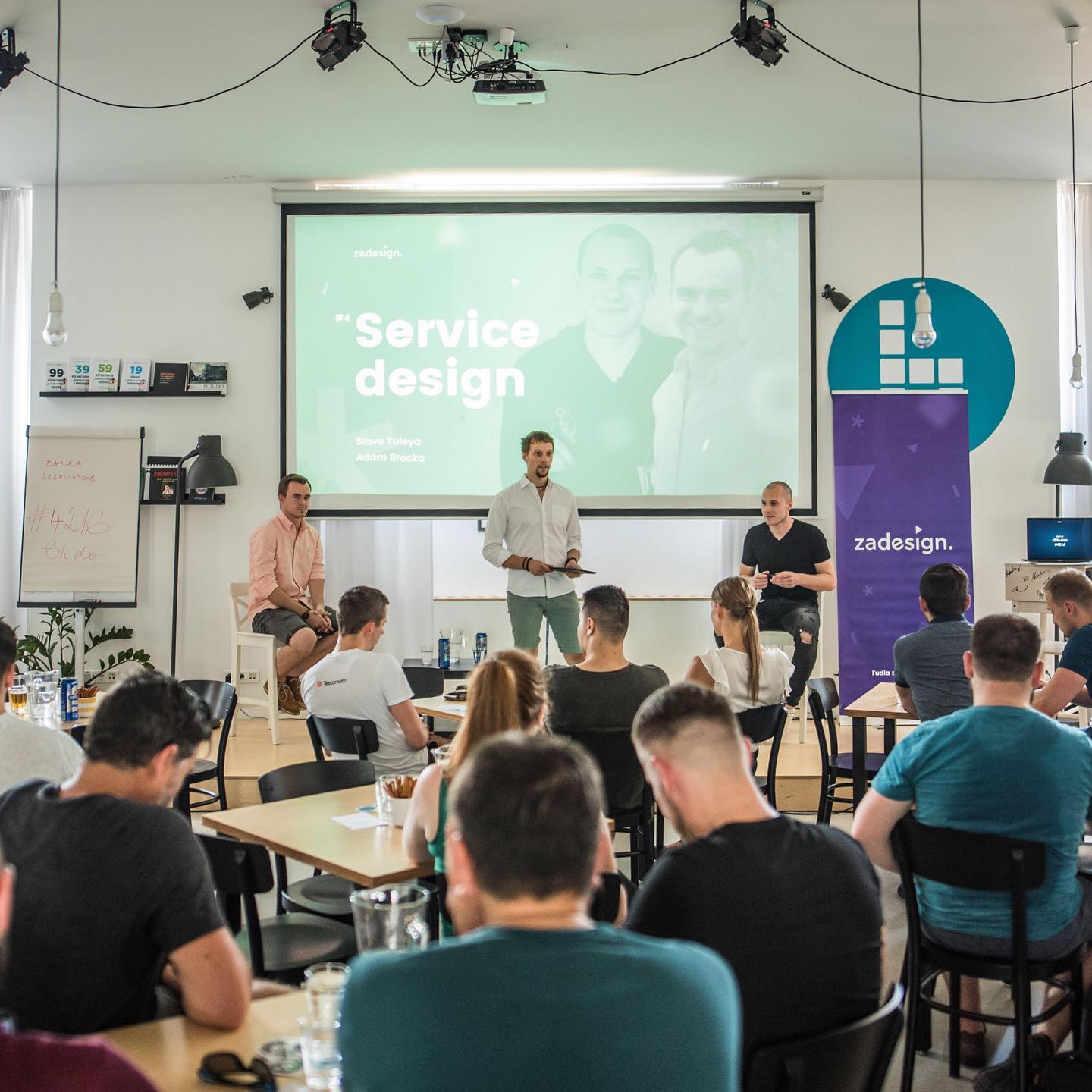
Another company wants to spread awareness about its product and its contribution to the circular economy. As parameters of impact, the company has set a high impact on the young generation, as well as attracting top talents or technologically advanced companies to create new solutions. How should this company better understand its customer? What are the questions they should ask them?
The topic of talents and talent-attracting is visionary, or a topic with potential. Our clients discuss this topic, whether it is software development or work in services or self-government. The demands of the market for services or qualifications that are not yet fully defined are shown. Therefore, attracting new talent is a topic that we address in our studio. Again, it would be important to make an initial segmentation of who we want to attract, what the ideal candidate should look like, and also find some metrics/characteristics that we can name. Explicitly ask yourself general questions, like “Do we want someone from management?” Or “Should he/she understand an environmental topic,” or “Should he/she have a general scope?” “Do we want a specialist?” It would also be good to look at extreme users; there, we look at people who are less suitable for the position but have extreme experience with one topic. We can also look at ideal people because they have a combination of soft skills, abilities, and expertise. This can help us define the specific path to get to the core that will meet our expectations. For example, I can name one researcher or innovator; I think his name was Vint Cerf, who had experience with an extreme user whose wife was deaf. He wanted to solve her problem, which was unique because they couldn’t communicate with each other when they were at work. Thanks to the fact that he solved this communication problem, we use e-mails as one of the basic communication tools.
This is represented by the idea that proactivity without questions is not necessarily effective because when I want to solve a problem without others confirming that it really is like this, I dedicate an effort to something that no one will want. So research and confrontation with clients are what will bring you back to reality. But this is what will help you to get the best possible result in the end. So this is how this needs to be approached.
The series of Creativity4Circularity podcasts was created for the CoCo4CCI project, which connects advanced manufacturing with the cultural and creative industries to facilitate less traditional forms of collaboration. The Slovak Business Agency prepared them. If you want to listen to this interview as a podcast, you can find it on the following platform:
The project is funded by the Interreg CENTRAL EUROPE grant scheme.
